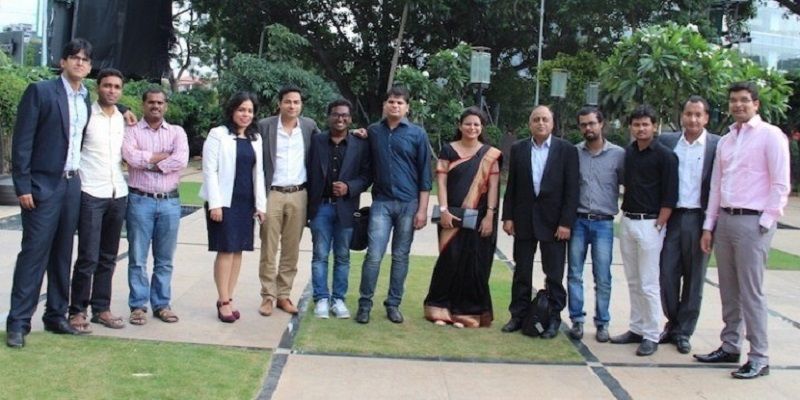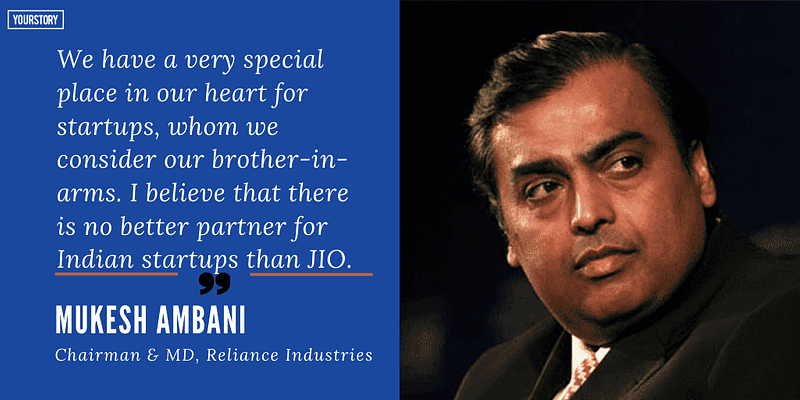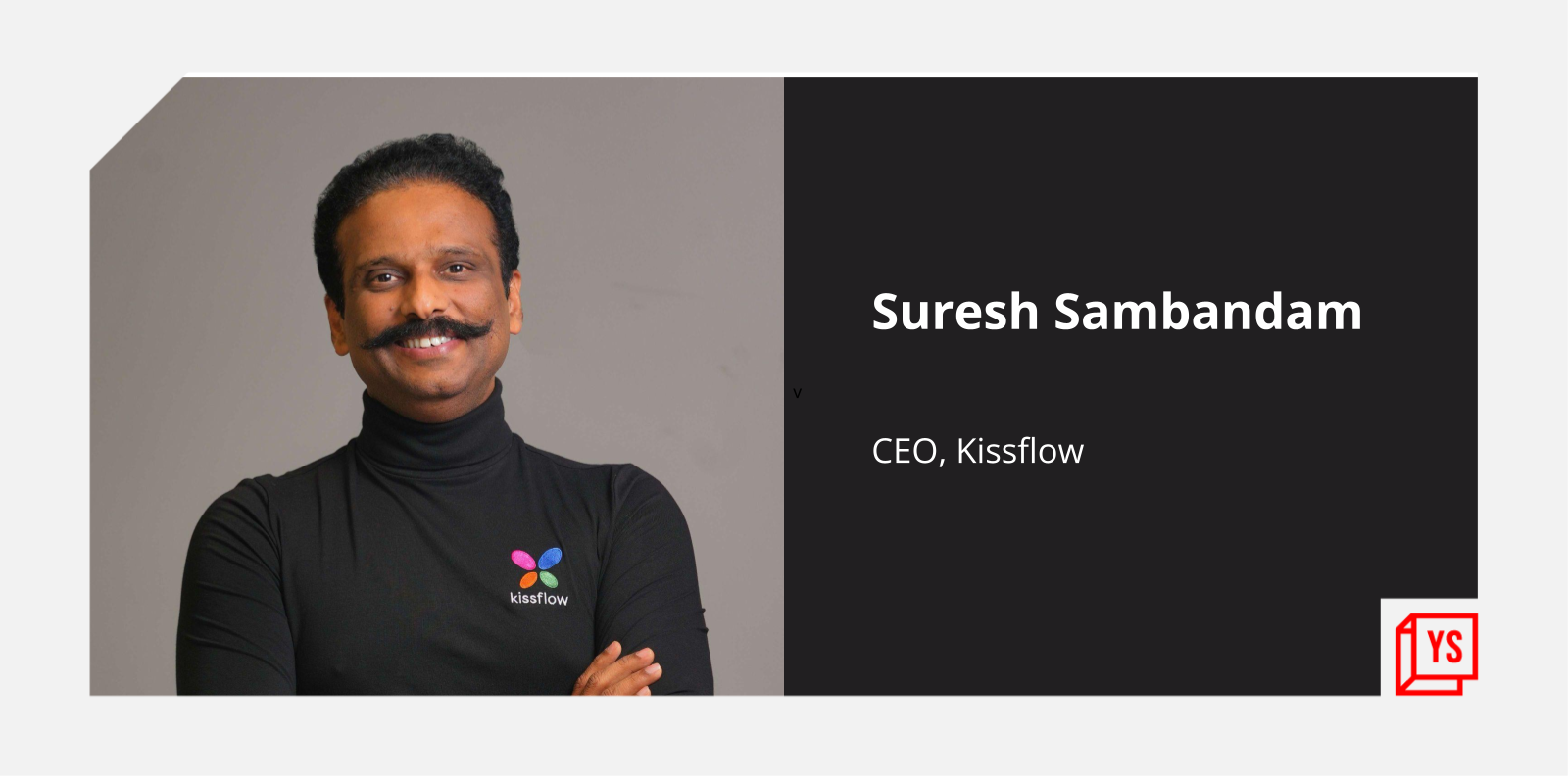Taking Fintech beyond the network, ToneTag uses sounds to ensure payments via any device
“Why is it in India we get candies instead of balance cash?" asked a Singaporean friend to Kumar Abhishek. It possibly is a situation we’ve all faced, but have never really given much taught about. But when Kumar heard this statement from his friend, he knew that it was an opportunity. While cashless transactions and mobile wallets have picked up in most parts of the world, in India, there still are many who are yet to even reach card transactions.
Working as a core banking service provider in Singapore, Kumar saw this problem in a new light. Thus, in March 2012, Kumar along with his friend Vivek Singh began a research project on ‘How to enable small payments through the mobile’.
Studying the market and its challenges
Prior to launching ToneTag in 2013, the duo worked with a rough working model, which helped them study the mobile and cashless payments ecosystem in India.
After getting insights from a year-and-half of rigorous research in places ranging from cities like Delhi-NCR, Pune, and Bengaluru as well as rural towns like Chandauli in UP, and few prototypes they started building an intuitive product that can enable any phone to make payments.
With the network and mobile connectivity problems, the duo realised that they needed to use an offline model of payment. They found that conventional offline mobile payments can be done via:
- Magnetic waves (where someone is swiping the card).
- Radio waves (where someone is using NFC or RFID).
However, these haven’t solved the problem yet. They decided to build ToneTag, a contactless payment app that uses sound waves to enable offline, proximity-based contactless payments on any device.

Working offline and with ‘tones’
Using encrypted sound waves, ToneTag communicates with the merchant’s Point-of-Sale (POS) system. The sound waves in turn are encrypted with three layers of security and works despite the background noise. ToneTag can be integrated with any POS system, digital wallets, or payment apps. It can work on any operating system – iOS, Android, Windows, and Linux. It works on any mobile device and no Internet is required on user device at time of initiating payment.
Some of the key challenges according to Kumar were:
- Getting the right unit economics or valuation.
- Being an innovative product, in a business vertical which is still shaping up, a lot of times the duo had to educate the customers about the contactless payment landscape before explaining ToneTag.
- ToneTag is addressing few of the complex challenges in payment domain with extreme simplicity, which in itself takes a lot of convincing and education with respect to impact on regulatory compliances and global security standards.
- Partnerships are crucial to their current business model, but they come with long evaluation and integration period.
- Since the mobile payment vertical in itself is very new, a lot of existing players look at them as competitors rather than enablers. They are a product company and wish to work closely with existing service providers so that a large number of consumers be brought to cashless ecosystem.
Kumar adds that ToneTag is a patent pending, integrated library (SDK) that allows easy, frictionless, and secure proximity (offline) payments using sound (Tone) or NFC (Tag). Depending upon user device and retail POS hardware, the mobile application can toggle to initiate in-store purchases using sound or NFC.
Kumar brings in his extensive experience on large scale, multi-country, core banking implementations both on mobile and Internet banking areas. Prior to starting ToneTag, he was with core banking at Infosys and as a senior engineer with MindTree.
Prior to starting ToneTag, Vivek was pursuing his carrier in CA under the mentorship of Yogesh Andlay. He has extensive experience with legal frameworks and company incorporation.
What do the numbers say?
Speaking of contactless payments in the mobile segment, Kumar says, “We have more than 900 million mobile phone users, so can these mobile phones become acceptance point? Can customers pay directly from any mobile they have without really having a need to swipe their cards? ToneTag makes all of these possible, it plays an important role in enabling these bank account holders to use their phone for a contactless, digital payment experience like Apple Pay of the west.”
Kumar adds that ToneTag being a software element is non-competitive to device-specific payment instruments or any banking app like ICICI Pockets or mobile wallets like Paytm and Oxigen. He says that they are one of the first companies to enable contactless payment acceptance on EDC machine using sound.
“Our real competition is Apple and Samsung Pay as both are trying multiple ways to become enablers of frictionless mobile payments. Being interoperable while providing last mile contactless experience are the key strength of ToneTag,” says 34-year-old Kumar.
So far ToneTag has partnered with 14 customers (banks, mobile wallets, and payment service providers) in India, South East Asia, Europe, and Middle East. In the next two years, ToneTag aims to partner with 34 large format and mid-market brand stores, merchant acquirers, 14 large e-commerce companies for COD transactions, 26 Issuers with 80 million customers. The company declined sharing their revenue details.
ToneTag raised a Series A funding of $1 million from Reliance Capital Venture in July 2015.
The market
A TechSci report suggests that the mobile market wallet in India will touch $6.6 billion by 2020. There are several factors that can be attributed to this growth – increasing use of smartphones, a widening and increasing mobile Internet user base and government focus.
The fact that 50 per cent of Indian smartphone users belong to the 18–30 years demographic has also led to a higher growth curve for digital payments. Among the early adopters in any segment, these individuals were pivotal to the rise of e-commerce in India and are currently playing a similar role for the digital payments industry.
Stimulated by these factors, more than 40 per cent of e-commerce transactions started happening via mobile phones in India with more than 52 per cent transactions through digital payments.
The country is surely moving towards a cashless economy: IMPS transactions have overtaken money order, debit and credit cards in just four years, both in terms of volume and value.










